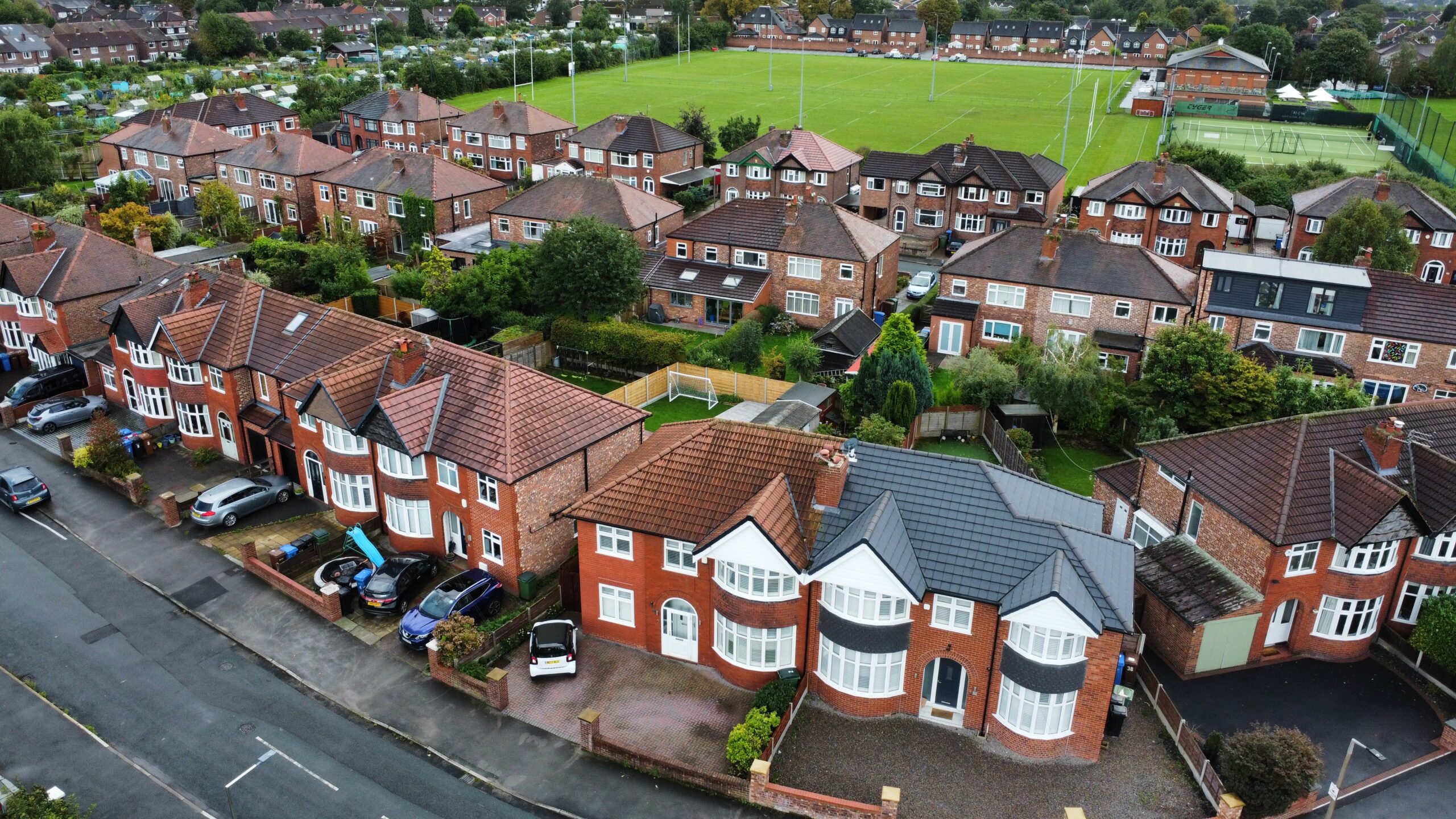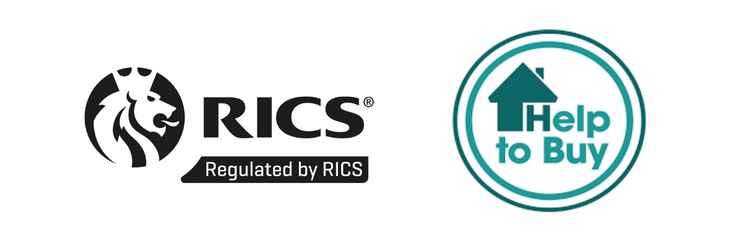Thinking about paying back your Help to Buy equity loan? You’re not alone. Many first-time buyers in England used this scheme to get on the property ladder.
The Help to Buy equity loan must be repaid in full by the end of the loan term, when you pay off your mortgage, or when you sell your home, whichever comes first. The loan is interest-free for the first five years, giving you time to settle into your new home.
In London, the scheme works a bit differently. You could borrow up to 40% of the property value, compared to 20% in the rest of England. This higher amount reflects the capital’s pricier housing market.
Although the Help to Buy scheme is no longer available in most of the UK, prospective buyers in Wales can still apply until 2025.
Making Sense of the Help to Buy Equity Loan Scheme
The Help to Buy Equity Loan scheme aimed to assist first-time buyers in getting on the property ladder. It offered financial support through a government loan, making home ownership more accessible.
Eligibility and Basics
You could apply for a Help to Buy Equity Loan if you were a first-time buyer, and the scheme was available for new-build homes only. You needed to provide a 5% deposit of the property’s value, and the government then lent you up to 20% (40% in London) of the property price.
This loan reduced the size of the mortgage you needed. You could borrow from 5% to 20% (40% in London) of the property’s value, but the maximum property value varied by region.
You also needed to have lived in the home as your main residence. You couldn’t rent it out or use it as a second home.
Loan Percentage and Conditions
The equity loan was based on the property’s value when you bought it. If you bought a £200,000 home with a 20% equity loan, you’d borrow £40,000.
If your home’s value went up, so did the amount you owed on your loan. The same was true if your property’s value fell.
You can repay the loan at any time, but you must repay at least 10% of the property’s current value. When you sell your home or pay off your mortgage, you must repay the loan in full.
Interest-Free Period and Rates Thereafter
Your equity loan was interest-free for the first five years. This gave you time to settle into your new home without extra costs.
From year six, you start paying interest. The initial rate is 1.75% of the loan’s value. This rate increases each year by the Retail Price Index (RPI) plus 1%.
You’ll also pay a monthly management fee of £1 throughout the loan period. This fee doesn’t go towards paying off your loan.
Remember, you’re still responsible for paying your mortgage, service charges, and other home-related costs!
The Process of Help to Buy Equity Loan Pay Back
Repaying your Help to Buy equity loan involves several steps. You’ll need to know when to start repayments, how to get your home valued, and who to contact.
When and How to Repay
You could start repaying your equity loan after five years. You can pay back part or all of it. The amount you repay is based on your home’s current value, not what you paid for it.
You can make partial repayments, called “staircasing”. These must be at least 10% of your home’s value. For example, if your home is worth £200,000, you need to repay at least £20,000.
To pay off the whole loan, you’ll need to repay the same share of your home’s value that you borrowed. If you got a 20% equity loan and your home is now worth £250,000, you’d repay £50,000.
Valuation and Fees
Before you repay, you need to get your home valued by a chartered surveyor. They must be from the Royal Institution of Chartered Surveyors.
The surveyor will give you a valuation report. This shows your home’s current market value. You’ll need to pay for this yourself.
There’s also an admin fee to repay your loan. As of 2024, this is £200. You’ll need to pay this each time you make a repayment. Remember, the amount you repay can go up or down with your home’s value. If house prices have risen a lot, you might repay more than you borrowed.
Contacting the Relevant Authorities
To start the repayment process, you’ll need to contact Homes England. They manage Help to Buy equity loans.
You can find their contact details on the Help to Buy section of the GOV.UK website. They have a customer service team to help with your questions.
When you’re ready to repay, Homes England will send you a redemption letter. This shows how much you need to pay back.
You’ll also get an “Authority to Complete” form. Your solicitor needs this to finish the repayment process. Make sure you keep all paperwork and stay in touch with Homes England throughout the process. They can guide you through each step.
Financial Considerations and Advice
Paying back a Help to Buy equity loan involves more than just the loan itself. You’ll need to think about various costs and seek expert guidance to make informed decisions.
Costs Beyond the Loan Repayment
When repaying your Help to Buy equity loan, you’ll face extra expenses. These include a management fee, which starts at £1 per month in the first year and rises with the Retail Price Index plus 1% each year after that. You’ll also need to pay for a specialist valuation of your home.
Don’t forget about your existing mortgage payments. These will continue alongside your equity loan repayments. You might want to look into remortgaging options to potentially lower your monthly costs.
Keep in mind that if your home’s value has increased, you’ll owe more on the equity loan. This is because you’re repaying a percentage of your home’s current value, not the original amount you borrowed.
Seeking Professional Assistance
Getting expert advice is crucial when dealing with your Help to Buy equity loan. A financial adviser can help you understand your options and make the best choice for your situation. They can explain the pros and cons of different repayment methods and how they might affect your finances.
A mortgage broker can be helpful too. They can search the market for new mortgage deals that might work well with your equity loan repayment plan. This is especially useful if you’re thinking about remortgaging to pay off the equity loan.
Don’t shy away from asking questions. These professionals are there to help you make sense of complex financial matters.
Options for Loan Repayment
You have several choices when it comes to repaying your Help to Buy equity loan. You can make partial repayments, known as “staircasing”, where you pay off chunks of 10% or more of your home’s current value. This can help reduce the amount you owe over time.
Another option is to repay the loan in full. You might do this by remortgaging, using savings, or selling your home. If you sell, you’ll need to repay the equity loan from the sale proceeds.
Some people choose to let the loan run its full term. Remember, after five years, you started paying interest on the loan. This starts at 1.75% and increases each year with inflation plus 1%.
Each choice has its own set of pros and cons. Think about your long-term financial goals and current situation when deciding.
Get in touch with Survey Hut today for a comprehensive Home Survey. We are held to the highest professional standards by the RICS, so you know that you’ll get a high-quality report. Make sure your perfect home, is perfect.
Sharing is caring!




